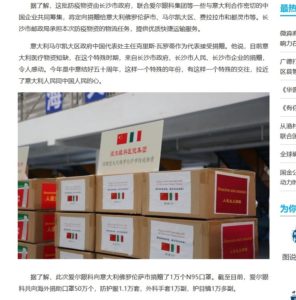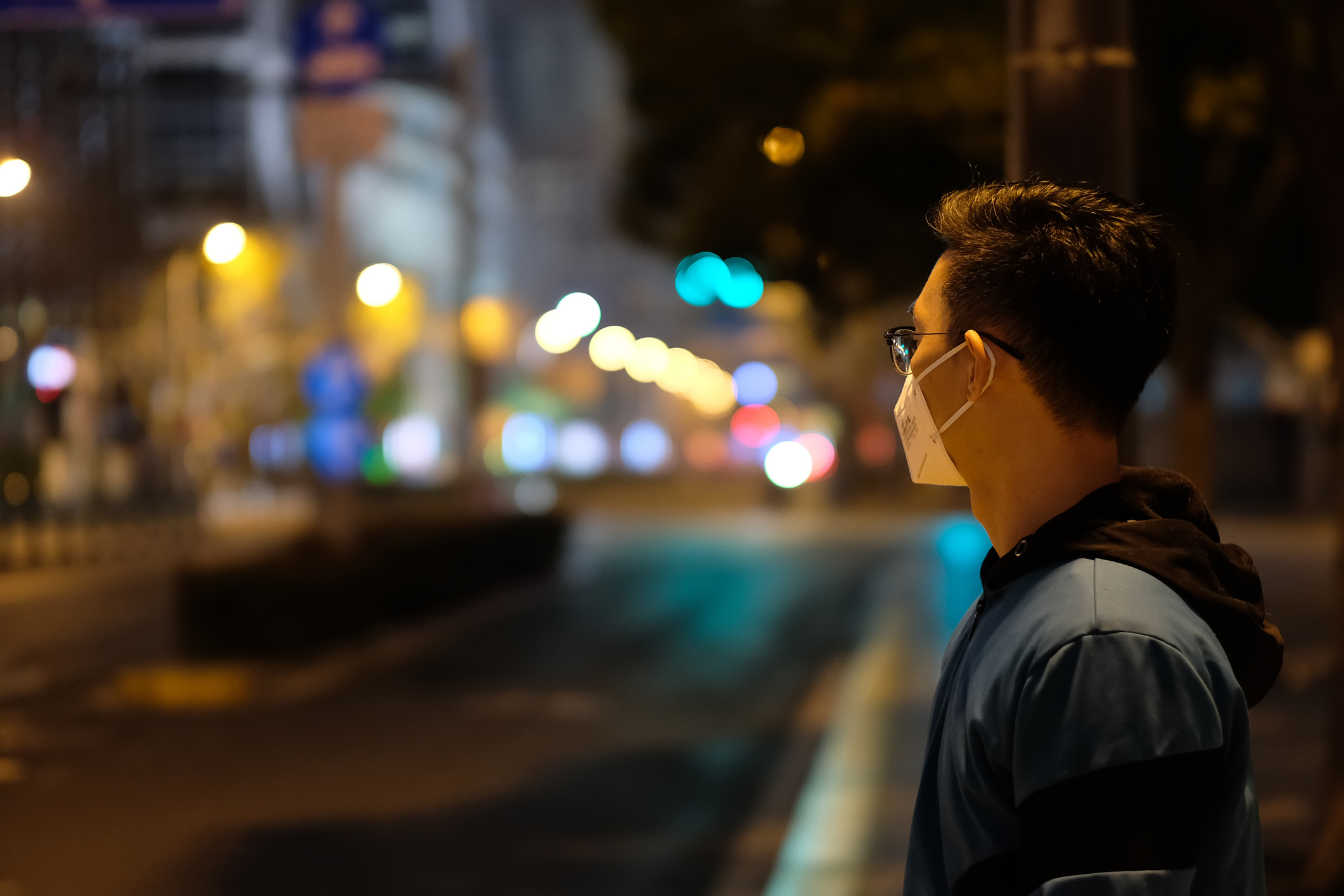This blog is part of the COMPAS Coronavirus and Mobility Forum.
The disease now labelled COVID-19 is a social and a semiotic construct as much as it is a biological and material reality (Treichler 1987). The virus cannot be seen with our bare eyes, and the disease manifests in such way that its existence cannot be fully confirmed without testing. Our lack of ability to grasp its material presence clearly reveals that we must rely on names and representations to think and talk about it. In other words, its materiality cannot be separated from its linguistic constitution. And as a representation, what we know (and what we do not know) about the disease is inevitably mapped onto the political and historical world. Therefore, how we label, perceive, and situate the disease determines how we address the pandemic.
Based on this premise, I ask how COVID-19 as a sign mediates the movements of human bodies and goods (particularly masks and delivery packages), and how those movements are assigned distinctive meanings in the postcolonial world.
The Travelling Disease
Despite its seemingly ubiquitous presence, COVID-19 has been a difficult disease to comprehend. What we “know” of the disease points to the irrelevance of condemning specific lifestyles, moral choices, or practices, in contrast to how people have comprehended other diseases such as AIDS, syphilis, or tuberculosis (Treichler 1987; Mullin 2016; Eamon 1998; Cohn 2012). Even the disease’s origin is shrouded in tales of possibly illicit consumption of wild animals, which would probably appear exotic and unessential to many people.
Amid efforts to grapple with COVID-19, controversies have ensued around the association of the disease with the location where it was first observed—mainland China. This association has enacted a peculiar set of assumptions about the distance between the so-called “West” and China. A clip from the American news channel CNBC is particularly illuminating: “The outbreak that was first reported in central China in December 2019, has now travelled around the world; infecting and killing people throughout Asia, the Middle East, Europe, and eventually landing on American shores.” The narration is accompanied by an image of the globe turning westward.
This portrayal of self-travelling disease is a misrepresentation achieved by uncritically accepting statistical numbers, detaching the disease from its carriers, and disavowing the busy trans-Pacific traffic. It flattens out the complex social and political fabric of travel, and reproduces the perceived distance that supposedly sets the US apart from China; not just geographically, but politically, economically, and culturally. However, a closer investigation into movements of masks provides an example of how the complex meanings mediate the mobility of things.
Face Masks on a World Tour (in Labelled Boxes)
As a news title nicely epitomizes, face masks have been going on a world tour. During this tour, mask-sending has gained a new meaning as a sign of care.
When the Chinese government finally acknowledged the human-to-human transmission of the then-nameless respiratory disease, face masks immediately emerged as the most sought-after item both within and beyond the borders of mainland China. Individuals and organizations abroad, and even foreign government agencies in South Korea and Japan rummaged through their inventories to ship face masks to China. Meanwhile, local factories and enterprises in mainland China and Hong Kong shifted their production lines to churn out protective gear. The Hong Kong government even mobilized prison labour to produce “universal masks”— rather ironic given its implementation of a controversial anti-mask law just few months previously.
Once the outbreak was observed in other countries, masks began travelling in more diverse directions. Meanings attached to face masks proliferated as well, which is vividly captured in a small controversy that erupted in South Korea. When various media reported how China was “returning good will” to South Korea and Japan, some keen observers noticed Korean labels among boxes of face masks that China’s Jack Ma Foundation donated to Japan’s Hokkaido Prefecture. Beset with their own shortage of masks, South Koreans found the Chinese donation disingenuous and even insulting. Eventually, Jack Ma Foundation responded by emphasising the importance of quickly forwarding functioning equipment to places in need, while downplaying the significance of labels.

Screenshot from China News on Changsha government donating masks to Italy, 23 March 2020
A mask functions to filter out invisible viruses, which individuals have no way of perceiving. For this reason, labels are absolutely integral to masks’ functioning and value, both medically and politically. For example, we learn about face mask donations through media images of stacked boxes, to which labels are attached to suggest that they carry face masks. These labels, together with other textual, aural, and visual information, index and reproduce the meanings—charms and suspicions included—these travelling masks carry. Moreover, the meanings appear even more powerful when masks remain boxed: rows of labelled and unopened boxes are visually more awe-inspiring, and more importantly, they testify that their contents are new and functioning (also see Chu et. al. 2020).
The circulation of face masks reveals the centrality of signs and narratives in understanding how their movements materialize (see Lindenbaum 2001). In the following post, I examine the laboring bodies that enable circulation of goods, and discuss how meanings invested in COVID-19 condition (and erase) our bodily movements.
Read Part II of this blog here.
Do Dom Kim is a PhD Candidate in Anthropology at the University of Chicago.
References
Cohn, Samuel K. 2012. “Pandemics: Waves of Disease, Waves of Hate from the Plague of Athens to A.I.D.S.”. Historical Research 85 (230): 535-555.
Eamon, William. 1998. “Cannibalism and Contagion: Framing Syphilis in Counter-Reformation Italy”. Early Science and Medicine 3(1): 1-31.
Lindenbaum, Shirley. 2001. “Kuru, Prions, and Human Affairs: Thinking about Epidemics”. Annual Reviews of Anthropology 30:363-85.
